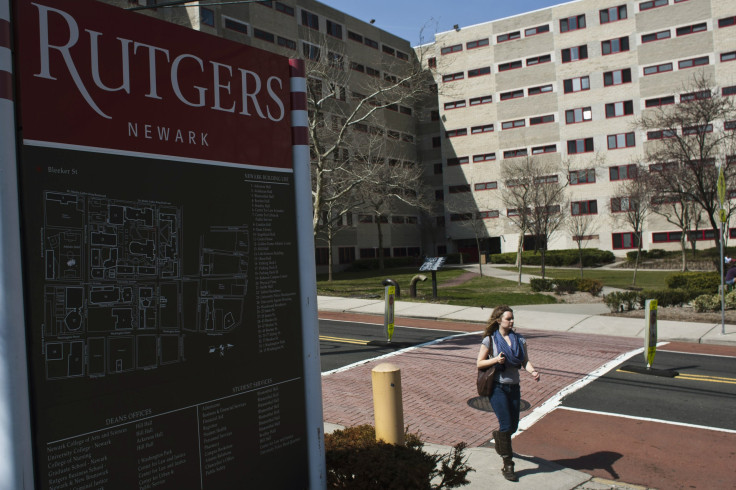Rutgers-Camden To Slash Tuition In Half, Eliminate It For Low-Income Students

A new program at Rutgers University-Camden is aiming to reduce student debt and make the school more accessible to low-income students by covering half or all of new students’ tuition costs, depending on their income, the school announced Monday. The school’s new “Bridging the Gap" program will open up to students who graduate high school in 2016 and are U.S. citizens and New Jersey residents. It expects to register 100 students in the program next year.
Under the program, students must complete the Free Application for Federal Student Aid (FAFSA) before receiving “Bridging the Gap” grants to cover whatever tuition or campus fees remain after government aid. The grants will cover the entirety of students’ tuition if their household incomes total less than $60,000, and will half the costs for students with household incomes between $60,000 and $100,000.
"Bold moves are necessary to counter the real debt challenges that face college graduates across the nation," Rutgers–Camden Chancellor Phoebe A Haddon said in a press release. "This Rutgers–Camden initiative is an innovative response that is structured to help ensure that every New Jersey student and family seeking a world-class Rutgers education can do so right here in South Jersey."
The school’s website states that 72 percent of Rutgers-Camden undergraduate students took out loans to cover their tuition during the 2013–14 year. On average, New Jersey undergraduate students pay $35,084 in tuition, and many leave with an average of $28,400 in student debt.
Versions of Rutgers-Camden’s program have been implemented at other schools, including flagship public colleges in Washington and California, according to George Pernsteiner, president of the national group State Higher Education Executive Officers, the Philadelphia Inquirer reported. While the news may be good for low-income students, Pernsteiner said, the program may leave some middle-income students left in a financial aid hole where they don’t earn enough to cover tuition, but earn too much to qualify for "Bridging the Gap."
"Right now, much of their financial aid has to come from loans and being able to reduce the loans actually gives them a better opportunity, upon graduation, of participating in the workforce and in the economy," he said.
The school said it will continue to offer financial aid, such as merit-based scholarships, for students not eligible for the new program.
© Copyright IBTimes 2025. All rights reserved.





















